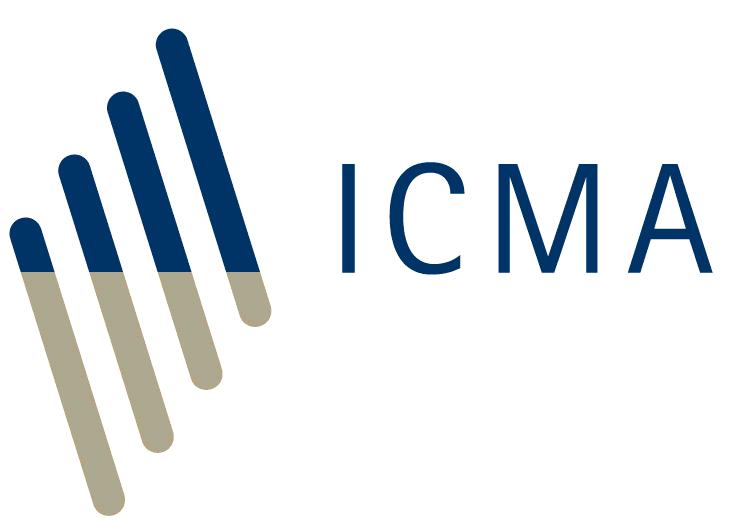The AMIC set up a working group to discuss issues related to ETFs. Investors’ motivations for using ETFs have expanded and are no longer limited to cost advantage and broad market access concern. Although initially investors mainly used ETFs for managing asset allocation and increasing diversification (for which the simpler “early version” ETFs were entirely adequate), they are now seeking to use ETFs to take tactical positions, including negative positions in asset classes, either to remove existing unwanted exposure or to express a negative view. In all of this investors are utilising the essential characteristics of ETFs: their intra-day liquidity and enhanced flexibility, allowing investors to take both long and short positions. ETFs have been embraced because in a back-to-basics’ environment, they provide transparency, simplicity, liquidity and other favourable features. The increase in usage, breadth and product flexibility has driven a steady growth in the use of ETFs over the past decade. This expansion has been fuelled by the increase in the range of asset classes accessible through ETFs. Moreover, the introduction of ETFs covering emerging markets, commodities and property has allowed investors to access some of the performing asset classes of the past few years. On top of greater asset breadth, the range of instruments has also grown.
The AMIC believes that it is important for investors to understand there are various forms of exchange traded products (ETPs) which tend to be loosely defined as ‘ETFs'. The ETP industry needs to educate investors and be clearer on the labelling of various ETPs. The main areas of complexity and opacity relate to instruments often confused with ETFs - these are ETNs, ETCs and ETVs. In Europe, derivatives regulations are very well detailed and well established in the context of the UCITS directive. There is no such level of EU regulations concerning securities lending by UCITS.
ETF Working Group documents and responses
30 March 2012: ESMA published a discussion paper on policy orientations on guidelines for UCITS Exchange-Traded Funds and Structured UCITS on 22 July 2011, responses to which were due by 22 September. This consultation paper represents the next stage in the development of ESMA guidelines in this area - click here to see the AMIC response.
The guidelines are expected to be ready for adoption in Q2 2012.
26 September 2011: The AMIC has published an ETF Working Group Report. This report includes a description of different types of ETFs and the current state of the ETF market, assessments of market trends in ETF development and usage, the future development of the ETF market and the value of the ETF 'brand'.
22 September 2011: The AMIC has responded to ESMA on its discussion paper entitled ESMA’s policy orientations on guidelines for UCITS Exchange-Traded Funds and Structured UCITS.
16 May 2011: The AMIC has responded to the FSB note entitled Potential financial stability issues arising from recent trends in Exchange-Traded Funds (ETFs).
See also:
7 March 2013: EBA's Opinion of the EBA on Good Practices for ETF Risk Management
25 July 2012: ESMA's Report and Consultation paper: Guidelines on ETFs and other UCITS issues - Consultation on recallability of repo and reverse repo arrangements







